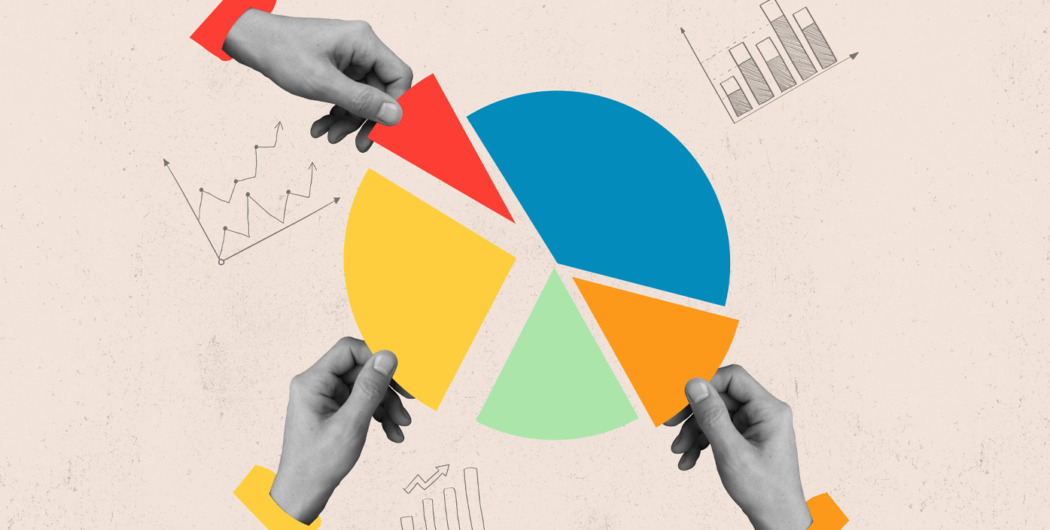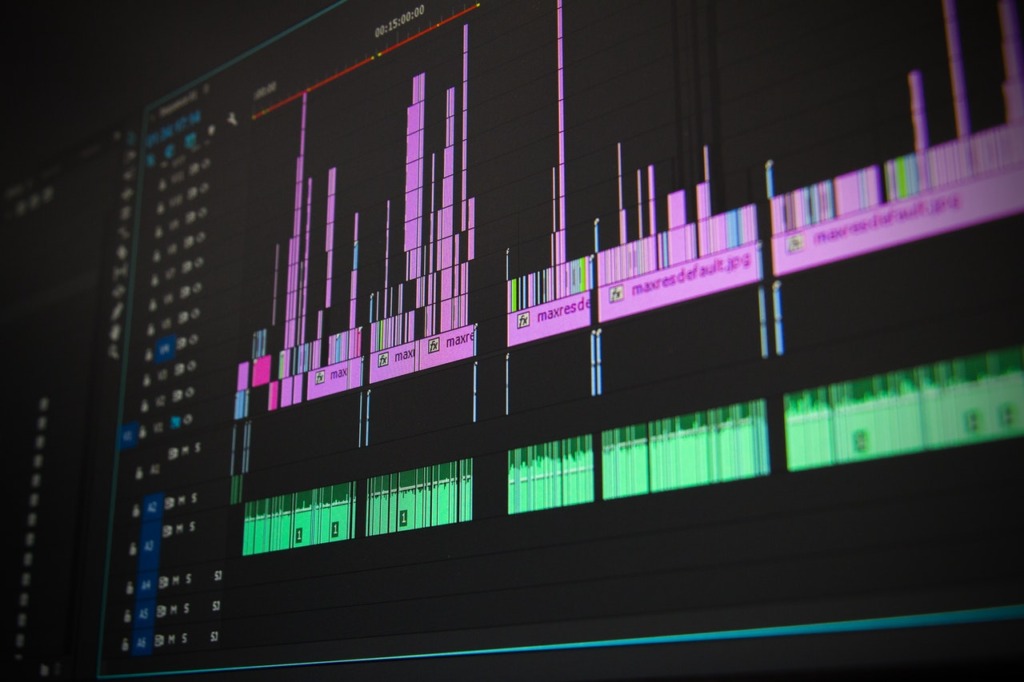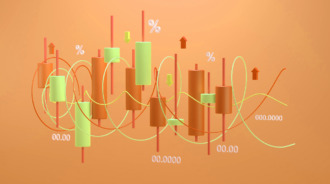

Technical analysis is one of the approaches, along with fundamental analysis, used to determine current market conditions and predict future price movements. Although technical analysis is represented by a certain set of indicators, patterns, and tools, the analysis of stock trends, the same as the stock market itself, has unique features.
For instance, the Indian stock market is managed by the Securities Exchange Board of India (SEBI). It sets strict rules for market makers, which create stock market trends. The US stock market may operate differently as it’s controlled by the Securities and Exchange Commission (SEC).
Read on to discover how to apply technical analysis to the stock market.
Technical tools
As you are reading this article to learn how to define stock trends, it’s worth starting with the trendline definition.
A trendline is a line drawn through at least two highs or lows to frame the asset’s price direction.
If you see the price forms higher highs and higher lows, you can connect them. As a result, you will get frames of the upward channel that will help you define the points where the price will likely rebound next time, so-called support and resistance levels. Vice versa, you can draw a downward channel connecting lower highs and lower lows.
Trendlines can be drawn on any timeframe. However, you should remember that the stock market is highly volatile. Therefore, it will be harder to draw them on smaller periods in which the price changes too often. It’s recommended to place trends on larger timeframes, as they’re more reliable there.
Support and resistance boundaries also have unique features when applied to the stock price chart.
- A support level is a line drawn through minimums to define the points where the price will reverse up.
- A resistance level is a line drawn through maximums to determine the points where the price will reverse down.
These are general rules. However, you remember that stocks experience high volatility. Therefore, the price may break support and resistance boundaries — it will be either a breakout or a fakeout.
A fakeout is a dangerous market condition in which you open a trade in the breakout direction, but market participants don’t have enough power to push the price further. As a result, it turns around and keeps moving in the same direction. The easiest way to confirm the breakout is to trade it on a chart or candlestick pattern.
Patterns
A chart pattern is a subjective form that reminds one of a well-known thing. For instance, there are head and shoulders, inverted head and shoulders, double top and bottom, and triangle patterns. Patterns help define support and resistance levels that should be broken to determine an upcoming price direction.
When trading on the stock market, you can use the patterns mentioned above, as they are the most popular and effective. They may occur on various timeframes. Therefore, both day traders and long-term traders can find entry and exit signals easily. Traders should be careful, as significant price volumes of the stock market make patterns short-term — their signals are worked out fast.

There are also candlestick patterns. It’s more difficult to determine them, as the stock price is supposed to fluctuate widely. There are many Doji candles on the price chart. Also, high volatility will create many candlesticks with long shadows. It’s important to find confirmations via indicators’ signals.
Indicators
With a wide range of indicators, it’s not easy to determine those that will be effective for stocks. However, you can always apply standard tools that have confirmed their effectiveness for any market.
These are simple and exponential moving averages, as well as the MACD indicator, Relative Strength Index, and Stochastic Oscillator. You should apply volume indicators, as the stock market differs with significant price volumes. You can use standard volumes and on-balance volume tools.
As it may be hard to determine trends due to the high degree of market volatility, it’s worth implementing indicators that help define the trend’s existence and its direction. The Average Directional Index and Aroon Oscillator are the most effective tools.

What does technical analysis tell you?
Technical analysis is an umbrella term for multiple strategies that are influenced by a stock’s price action interpretation.
For the most part, technical analysis wants to figure out whether a present term will go on, but also what time it is going to reverse if it won’t continue. Different technical analysts use certain techniques. Some settle for candlestick formations, while others swear by trendlines. Meanwhile, some analysts like boxes and bands made through a mathematical visualization technique.
In order to figure out the possible exit and entry points before making a trade, technical analysts rely on a selection of tools. All traders will pay attention to the moving averages for distinct periods. For short sellers, the formation of a chart may reveal an entry point. Still, looking at moving averages can show whether a breakdown might happen or not.
How to use technical analysis
In technical analysis, there is one thing that all analysts should remember – the market price could reveal everything that the market might be influenced by. Therefore, because they’re priced into a given security, analysts do not have to check fundamental, new, or economic developments.
In general, technical analysts think that prices tend to shift in trends. Moreover, they believe that history repeats itself in terms of the overall psychology of the market.
There are two important technical analysis types, respectively technical indicators and chart patterns.
Technical indicators represent a technical analysis statistical form that involves the use of different mathematical calculations for volumes and prices. Some of the most common indicators for this category include moving averages and the moving average convergence divergence.
Meanwhile, chart patterns are a technical analysis subjective form involving technicians trying to find chart resistance and support areas by analyzing patterns on it.
If you want to use technical analysis as part of your trading strategy, these are the simple steps you must take:
1. Identify the current trend and figure out whether it is a sideways, downward, or upward trend.
2. Draw resistance and support levels.
3. Set up exit and entry points.
4. Use volatility and technical momentum indicators to help with risk management and position sizing.
The difference between technical analysis and fundamental analysis
It can be difficult to determine the difference between fundamental and technical analysis. The two are very important in finance but are not the same thing.
Fundamental analysis usually involves looking through a company’s market profile and the balance sheet instead of the chart trends. The decision timeline for fundamental analysis is longer, and there is also a longer holding period. Conversely, technical analysis involves following the trend according to the way it is being made through market action. Technical analysis has a much faster investing pace.
While investors may use one or the other, many of them combine technical analysis and fundamental analysis for increased success.
Takeaway
Although you can use standard tools and indicators to determine trends in the stock price, you should keep in mind the features of the equity market. Stocks are highly volatile; therefore, chart patterns are worked out faster. It’s important to apply additional tools to define market trends and price volatility.










